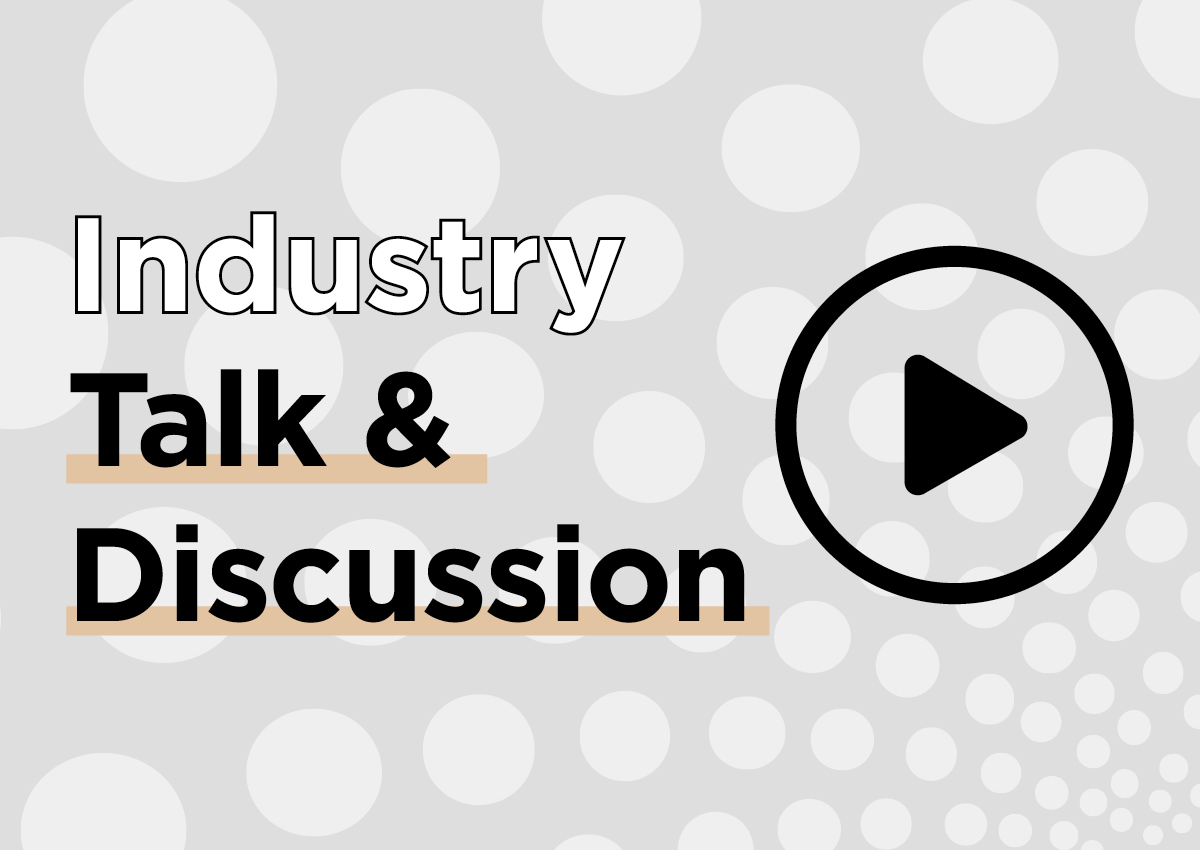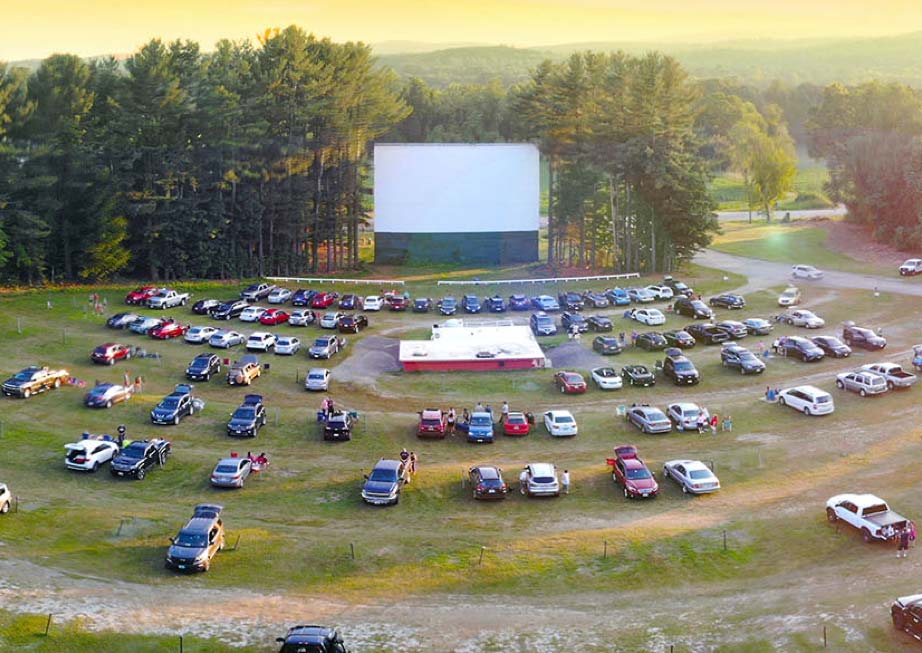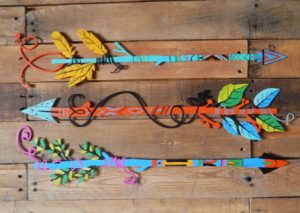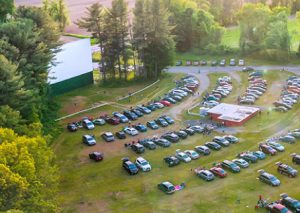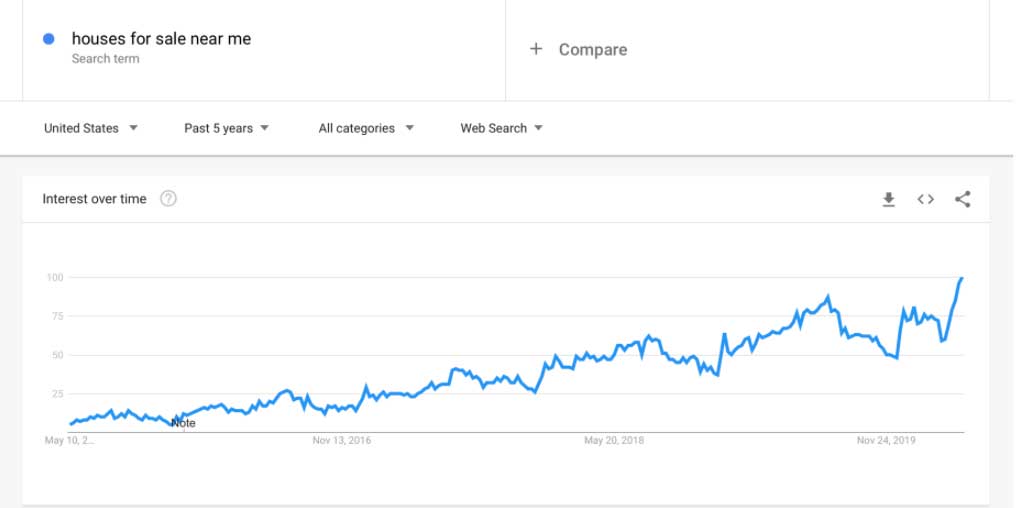Errors are no fun. But they can be! We’re talking about the 404 Error pages on websites.
A ‘404 Page Not Found,’ or 404 error, is no cause for panic. They’re actually quite common. You know the ones we’re talking about. You type in a URL or click on a link only to see the dreaded “ERROR” splashed across the screen. But have no fear, we’re going to cover what they are, why we see them and talk about the importance of customizing your own 404 page on your website.
Here’s a few we’ve designed for our clients:
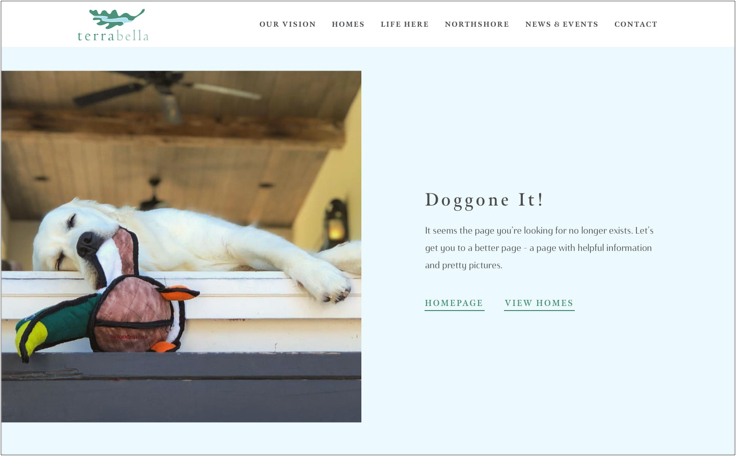
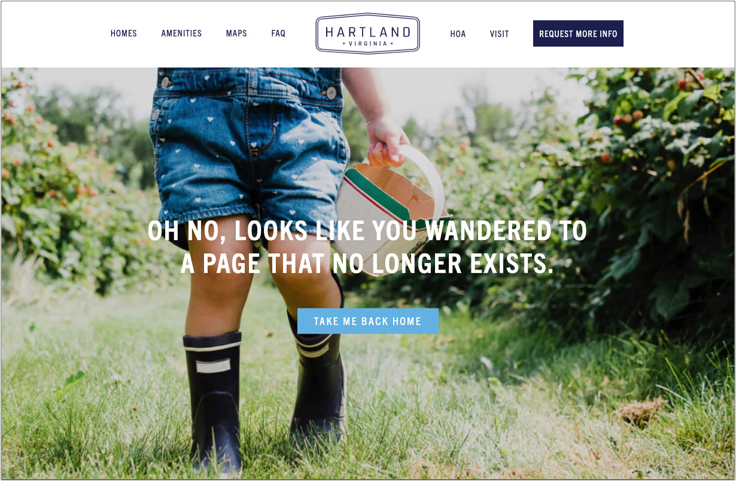
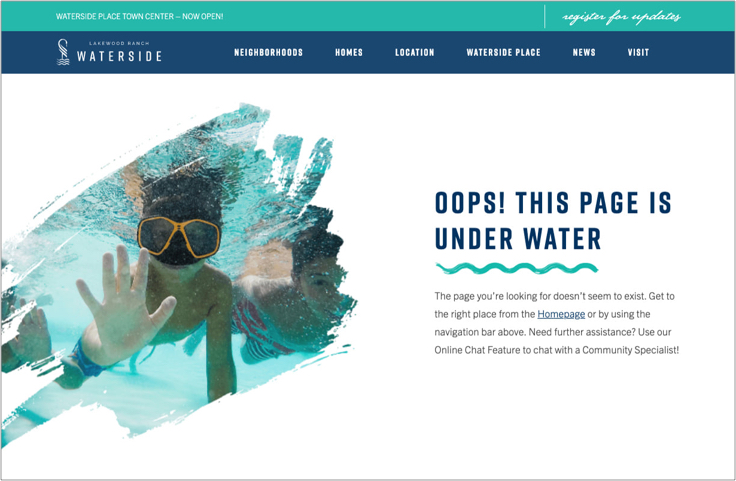
What You Should Know About 404 Errors
What are they and why do we see them?
A 404 error will show when your browser is asking a website to display something but the website can’t find the right page. This results in an error. Simply put, you see a 404 error when you visit a page that doesn’t exist. And that’s no good! No good for you or for your user. Because that means the user isn’t finding the info they came onto your site looking for.
What causes the 404 error?
There are a few reasons why a user might stumble upon a 404 error including:
- The server is down.
- The page moved or was deleted and wasn’t redirected.
- The page never existed.
- The user typed the URL in wrong.
- The URL is broken.
Regardless of the reason, if a user tries to visit a page that cannot be found, they’ll end up on your 404 page.
Why you need one and should it be customized?
If it’s your error page that people are landing on, customizing it is your chance to have a little fun, to share your company’s personality, and to show users that you care leaving them with a positive experience on your site. Custom 404 pages can sometimes be so user-friendly that it can be hard to tell if you’re even on one. Adding links to guide users to relevant pages (homepage, FAQ, contact form) keeps the traffic on your site flowing while reducing the bounce rate.
The short answer is YES, customize it! Having a custom 404 page with helpful links is better for user experience, it will help boost your SEO and it can also help Google remove the unwanted URLs when indexing so the page doesn’t continue to be found.
See our 404 error page in action here!
 and then click "Add to Home Screen" to ADD THIS SITE TO YOUR HOME SCREEN TODAY!
and then click "Add to Home Screen" to ADD THIS SITE TO YOUR HOME SCREEN TODAY!


